What to Look For When Buying a Used Car

So you’re in the market for a used car. Congratulations. Whether trading up or acquiring your first car, car-shopping is one of life’s biggest milestones. After all, a car is likely the second-most-expensive thing you’ll buy in your life next to real estate. Whether you’re a veteran or shopping the market for the first time, here are some tips on what to look for when buying a used car, presented as a handy used car checklist.
VIN Lookup
Before you even think about signing on the dotted line, it’s a good idea to get a trusted vehicle history report based on your prospective next car’s Vehicle Identification Number, or VIN for short. Bumper.com offers users a laundry list of what to look for when buying a used car. A Bumper.com report could inform you of any reported accidents a car was in, whether it was previously stolen or totalled out, ownership history, mileage and even a history of previous listings so you can track the value of an exact vehicle over time. For savvy shoppers, a report like this is an absolute must-have and it can help tell you whether or not to avoid a vehicle before you spend the time and money pursuing its purchase.
Vehicle Walk-Around
When you need to know what to look for when buying a used car, start by doing a walk-around of the vehicle. Do you notice any dents, scuffs or scratches? Are the headlights clouded over? Are any of the lamps cracked? Look for slight differences in the color of body panels that may indicate bodywork, curb rash on the wheels, pitting in the windshield and fading of plastic trim. What brand are the wiper blades? Good wiper blades typically indicate good maintenance, as do high-quality tire brands. How old are the tires? Each tire sold in North America has a four-number DOT date code stamped on the sidewall. If the tires were made five or more years ago, it’s likely time to toss them. Check the tires for unusual wear patterns, too. If the tread blocks feel uneven when you run your hand along them, it could be a sign of poor alignment or worn suspension components.
Look for Rust
Photo By Gorodenkoff/Shutterstock
Rust is the biggest killer of vehicles in northern climates, so have a good look underneath for corrosion. Remember, just because a car is being sold in a southern climate doesn’t mean that it’s always lived in a southern climate. Check along the sills, check the dog legs where the floor meets the rear wheel arches, feel under the wheel arches. Crawl underneath and check the radiator support, the subframes and the pinch welds. Structural corrosion costs major money to set right, so avoiding a rusty car can save you thousands down the road. Another area of corrosion that may cause trouble is in underbody spare tire carriers. Time and time again, people get flat tires, go to lower their underbody-mounted spare tire and find the whole assembly seized. A bit dangerous when you’re on the side of the road. While it’s easy to keep these tire carriers operable with regular lubrication, the likelihood of having received periodic lubrication goes down with age.
Interior Inspection
Next up on our list of what to look for when buying a used car is an interior inspection. Depending on what wear you see, you could learn a lot about the vehicle. Wedding ring scuffs on the steering wheel, discoloured upholstery from years of denim, scuffs on the door panels from boots and an indent on the armrest from the driver’s elbow are fairly normal as cars age. Likewise, scuffs on the backs of the front seats and strange lines in the rear seat squab indicate frequent transport of young children while torn upholstery and large stains on the seat backs could indicate transport of dogs. Take a good look at the pedals, does the wear on their rubber pads seem to match the indicated mileage? Smooth pedals and low mileage at best indicates lots of city mileage and at worst may be a sign of odometer fraud. While you’re on the inside, press every single button you can find. You’d be genuinely surprised at the cost of something as simple as a new factory-spec speaker so ensure all electrical items are working as intended. Also, lift up the trunk carpet and check to see if the jack, tire iron and spare tire are in fact still there.
Check Service History
Another point worth considering when learning what to look for when buying a used car is a vehicle’s service history. As cars age, things wear out and issues may arise. Proof of regular maintenance and replacement of common wear items is a good sign that a vehicle was cared for properly by its previous owner. Moreover, where the vehicle was serviced can tell you a lot about its quality of care. Was it upkept by a dealer, a specialist or just a quick lube shop Also, if the vehicle you’re looking to buy is still under warranty, proof of maintenance is crucial for approval of any warranty claims.
Accident History
Photo By StockPhotosLV /Shutterstock
No used car checklist is worth its salt without discussing a vehicle’s accident history. Accident history is often a point of contention when buying a used car. Cars with clean accident history often command the highest prices and retain the most value. However, those with an eye for bargains and an intent on keeping their purchase for a long run may find past damage to be an excellent bargaining tool. On newer cars, a few thousand dollars of damage to the front end may cover as little as a bumper cover and a headlamp. For instance, a single LED headlamp for a 2017 BMW 3-Series retails for north of $2,000 excluding the pricey LED headlamp driver module. Add in a few hundred for the bumper cover and clips and a cool thousand dollars for paint and fitting, and you have a $3,500 repair bill for plastic non-structural parts. However, any hit to the rear can be risky as they can impact major structural components. The bottom line? Always use a VIN lookup tool like Bumper.com before deciding on whether a car with accident history is right for you.
Warranty Coverage
Another item worth checking out on your used car checklist is warranty coverage. Warranty coverage starts when a vehicle enters service, which can have huge ramifications depending on the vehicle you’re looking at. If the car you’re looking at is the first year of a particular model, one example may still have up to a year of remaining warranty while another may not have any coverage at all. Likewise, if the car you’re looking at was originally purchased as a leftover model, it may have a few months of extra warranty compared to other examples. If you’re buying from a dealer and looking at purchasing an aftermarket warranty, keep in mind that they aren’t all created equal. Some only cover basic powertrain components, some come with servicing clauses and many come with deductibles. Alternatively, Certified Pre-Owned (CPO) cars are typically equipped with a different sort of warranty, usually an extension of the factory warranty that depends on the vehicle’s in-service date.
Test Drive
When it comes to figuring out what to look for when buying a used car, you can learn an awful lot with a test drive. You wouldn’t buy a new mattress without trying it first, so why buy a car without taking it for a test drive? Ideally you should fire up the engine from cold to check for smoke from the exhaust. Blue smoke could indicate worn piston rings or valve guides. Excessive white smoke and a sweet smell usually indicates a bad head gasket. Check the handbrake by applying it and attempting to gently pull away. If the car you’re looking at is manual, it should try to stall. If the car you’re looking at is automatic, it shouldn’t move when you let off the foot brake. Then, disengage the handbrake and take it for a drive. Listen for knocking in the suspension over bumps, feel for vibration at speed and under braking, make sure the steering tracks dead-ahead, note whether the transmission shifts smoothly, if the clutch grabs nicely and if the engine pulls sweetly.
Have Someone Else Look at the Car
Photo By VGstockstudio /Shutterstock
Perhaps most importantly, have a second set of eyes on any car you’re looking to buy. Although a professional mechanic is preferable, even a highly-experienced friend can spot dents, blemishes and faults that you may miss. Buying a car is often somewhat irrational and distorted by euphoria. After all, if we were all buying cars on pure rationality, we’d all probably drive used Toyota Prius hybrids. Your second set of eyes should ideally bring some additional tips for buying a used car to the table and be able to follow your used car checklist. If all goes well, you’ll land a great set of wheels that you can love and cherish for years to come.
Sponsored by Bumper.com
Feature Photo By Monkey Business Images /Shutterstock
We are committed to finding, researching, and recommending the best products. We earn commissions from purchases you make using the retail links in our product reviews. Learn more about how this works.

Aaron is a freelance writer, videographer and car enthusiast based out of the Detroit area. He has a special affinity for the Porsche 944 series, and once owned a Volvo 240 sedan with a Weber carb in place of the factory EFI system. His work has appeared on AutoGuide, GM Authority, /Drive, and VW Vortex, among other sites.
More by Aaron Brzozowski




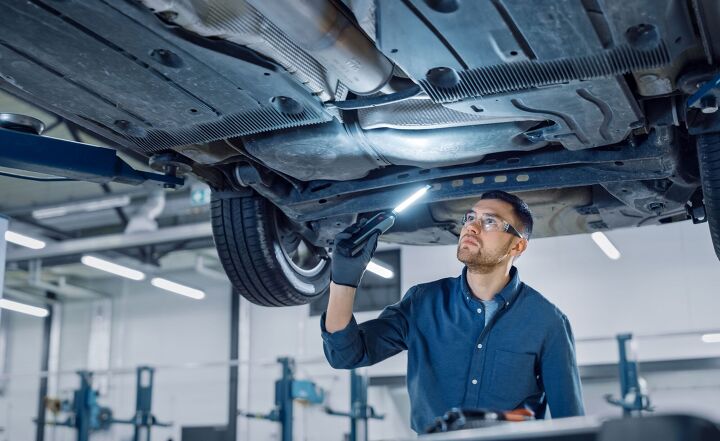














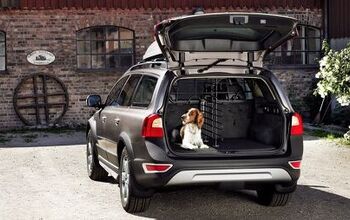
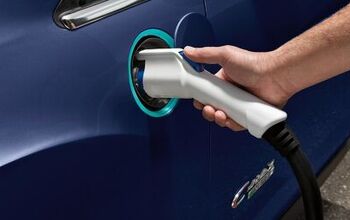
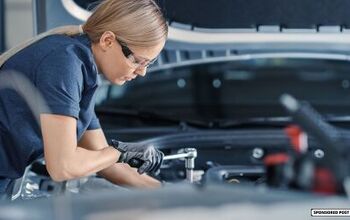
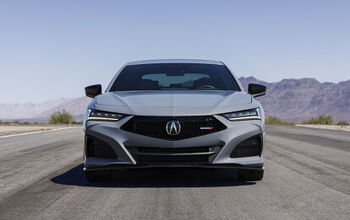

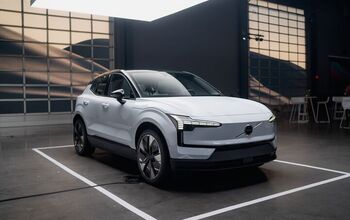
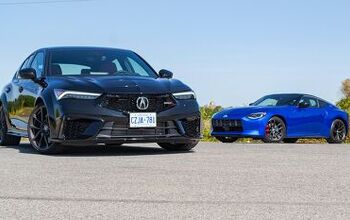

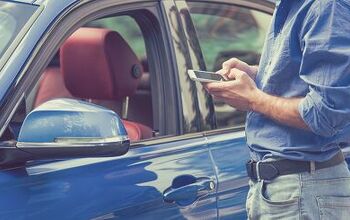
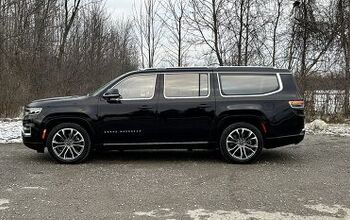


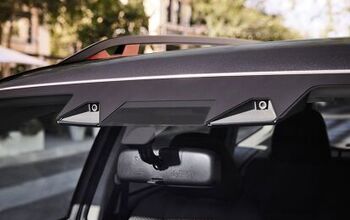
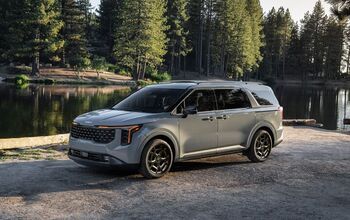

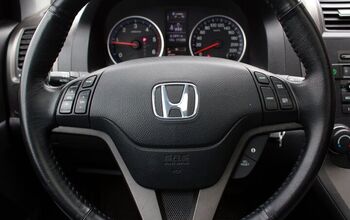
Comments
Join the conversation